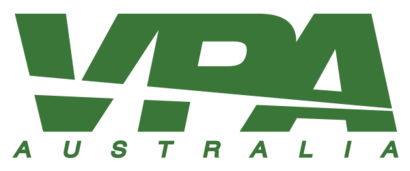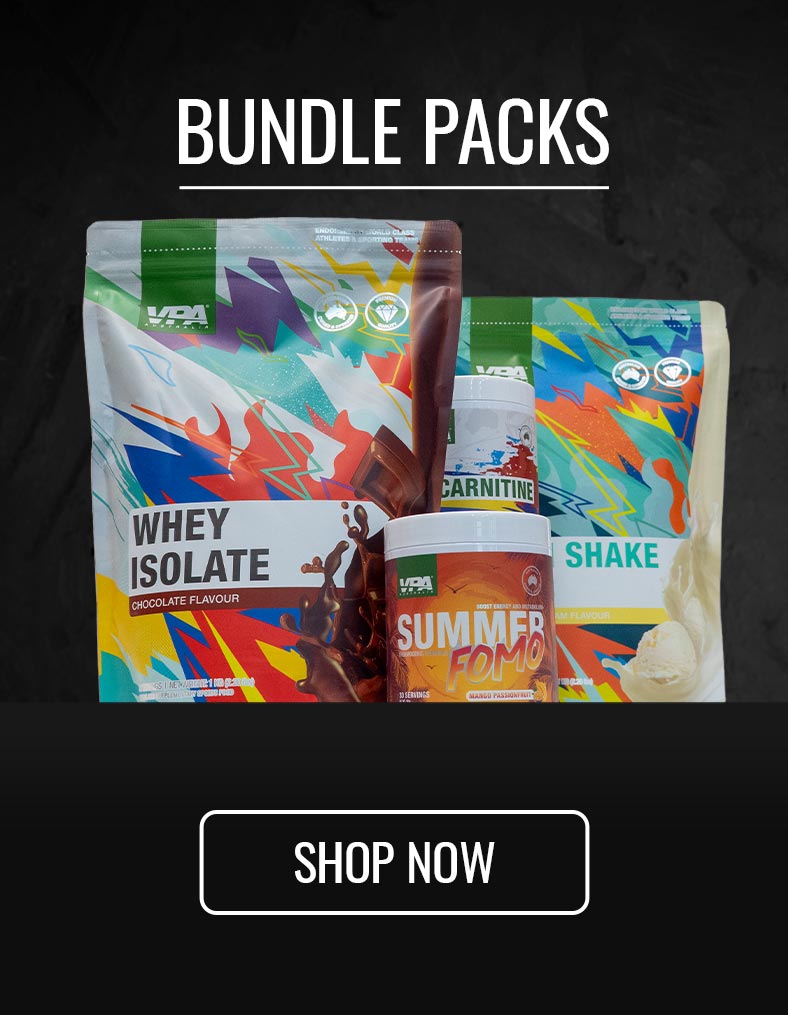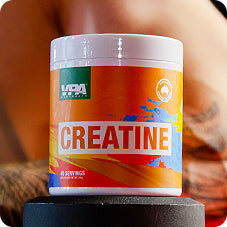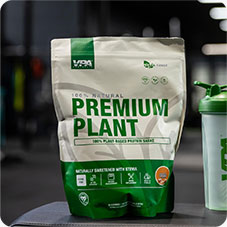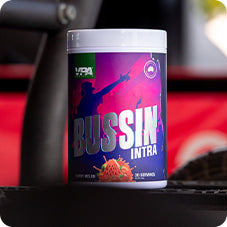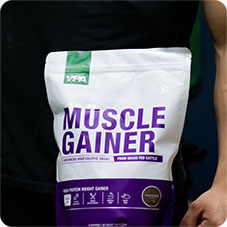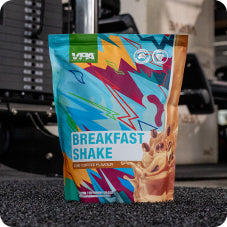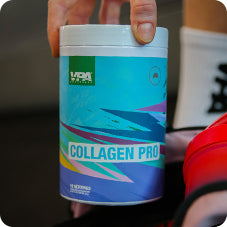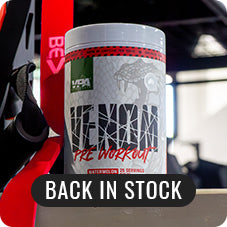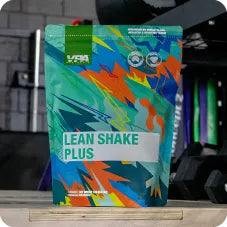Your Cart is Empty
Pilates: A Guide for Beginners
January 19, 2024 4 min read

If you are looking to start your fitness journey or seeking a refreshing change in your current workout routine, welcome aboard! Chances are, you are thinking of exploring pilates but what is it and what are its origins?
Pilates is a series of exercises designed to improve physical strength, flexibility, and posture, while also enhancing mental awareness. Originated in the early 20th century by a German physical trainer named Joseph Pilates, this regimen was formulated for injured athletes and dancers for a fast and effective recovery. Pilates exercises can be done on a mat or on special equipment, such as a reformer, which provides resistance and support.
Who is pilates good for?
Pilates is a versatile form of exercise that can be beneficial for a wide range of individuals as well as different fitness levels as it can be customised to fit individual goals and needs. Pilates can cater to a variety of people from complete beginners to athletes, seniors, post-rehabilitation patients, and even pregnant women with a special prenatal pilates program.
Six Principles of Pilates
- Breath – Proper breathing is fundamental to pilates. You should inhale deeply through your nose, expanding your ribcage, and exhale fully through your mouth, engaging your abdominal muscles. The breath helps you maintain control, focus, and stability during exercises.
- Concentration– the mind-body connection is crucial in pilates. Focus on the quality of your movements, paying attention to alignment, form, and muscle engagement. Avoid distractions and practice with intention.
- Control – Pilates encourages precise and controlled movements. Avoid using momentum or jerky motions. Instead, move with deliberation and control to engage and strengthen specific muscles.
- Centering – Pilates emphasises the concept of a “powerhouse,” which includes your abdominal muscles, lower back, pelvic floor, and buttocks. All movements start from this center, which provides stability and supports your spine.
- Precision– Each exercise in Pilates has a specific form and alignment. Pay close attention to the details of each movement, as precision is more important than quantity. Proper form reduces the risk of injury and maximizes the benefits.
- Flow – Pilates exercises are often performed in a flowing and continuous manner. Transitions between movements should be smooth and controlled, promoting grace and efficiency in your practice.
For beginners wondering about the essential tips for pilates, an understanding of its foundational principles is paramount. These principles work synergistically to create a harmonious balance between your mind and body, making pilates a holistic form of exercise.
Getting Familiar with Pilates Equipment: From Reformers to Mat Work
If you’re just starting out with Pilates, all you really need is your body, a mat, and a towel. However, if you plan to join Pilates classes in a studio should be introduced to the Pilates Reformer, a versatile machine that provides resistance for a variety of exercises. Selecting between mat work and equipment is a personal choice and depends on your fitness goals.
Beginner-friendly Pilates Exercises
If you're new to Pilates, it's essential to start with beginner-friendly exercises that help you build a strong foundation and proper technique. Here are five beginner-friendly Pilates exercises to get you started:
The Hundred:
- Lie on your back with your knees bent and your feet flat on the floor, hip-width apart.
- Engage your core muscles and lift your head, neck, and shoulders off the mat.
- Extend your arms straight by your sides, a few inches off the mat, and pump them up and down as you inhale for five counts and exhale for five counts.
- Repeat this cycle for a total of 10 breath cycles, aiming to keep your core engaged throughout.
The Roll-Up:
- Begin by lying on your back with your legs extended and your arms overhead.
- Inhale as you reach your arms forward and start rolling up one vertebra at a time, reaching for your toes.
- Exhale as you roll back down to the mat, one vertebra at a time.
- Perform 6-8 repetitions, focusing on smooth, controlled movement.
The Single-Leg Circle:
- Lie on your back with your legs extended and your arms by your sides.
- Lift one leg toward the ceiling, keeping the other leg grounded and both hips stable.
- Circle your lifted leg in a clockwise direction for 5-10 circles.
- Reverse the direction for another 5-10 circles.
- Switch legs and repeat the exercise.
The Bridge:
- Lie on your back with your knees bent, feet hip-width apart, and arms by your sides.
- Inhale as you lift your hips off the mat, forming a straight line from your shoulders to your knees.
- Exhale as you lower your hips back down.
- Repeat this exercise 8-10 times, focusing on engaging your glutes and core.
The Cat-Cow Stretch (Pilates Version):
- Start on your hands and knees in a tabletop position.
- Inhale as you arch your back, lifting your head and tailbone toward the ceiling (cow position).
- Exhale as you round your back, tucking your chin to your chest and drawing your belly button toward your spine (cat position).
- Repeat this movement 8-10 times, flowing smoothly between the cat and cow positions.
Remember these tips while doing these exercises:
- Focus on your breathing: Coordinate your breath with the movements, inhaling during the preparation phase and exhaling during the exertion phase.
- Maintain proper alignment: pay attention to your form, keep your core engaged, and avoid straining your neck or lower back.
- Start with a manageable number of repetitions and gradually increase as you build strength and confidence.
- Listen to your body: If any exercise causes discomfort or pain, stop and consult with a fitness professional or healthcare provider.
It's a good idea to start with a pilates class or work with a certified Pilates instructor, especially as a beginner, to ensure you're performing the exercises correctly and safely. They can provide personalised guidance and adjustments to meet your specific needs and goals.
Bottomline
In conclusion, Pilates is a journey of self-discovery and self-improvement whether you're a beginner or a seasoned enthusiast. Regardless of where you are on your fitness journey, Pilates can offer you the tools to improve your physical and mental wellbeing.
Remember, progress in Pilates is slow and steady. It's not about how many reps you can do, but rather the quality of each movement. Over time, you'll find your strength, flexibility, and coordination improving, and you might also notice benefits such as better posture and reduced stress levels.
Also in Training
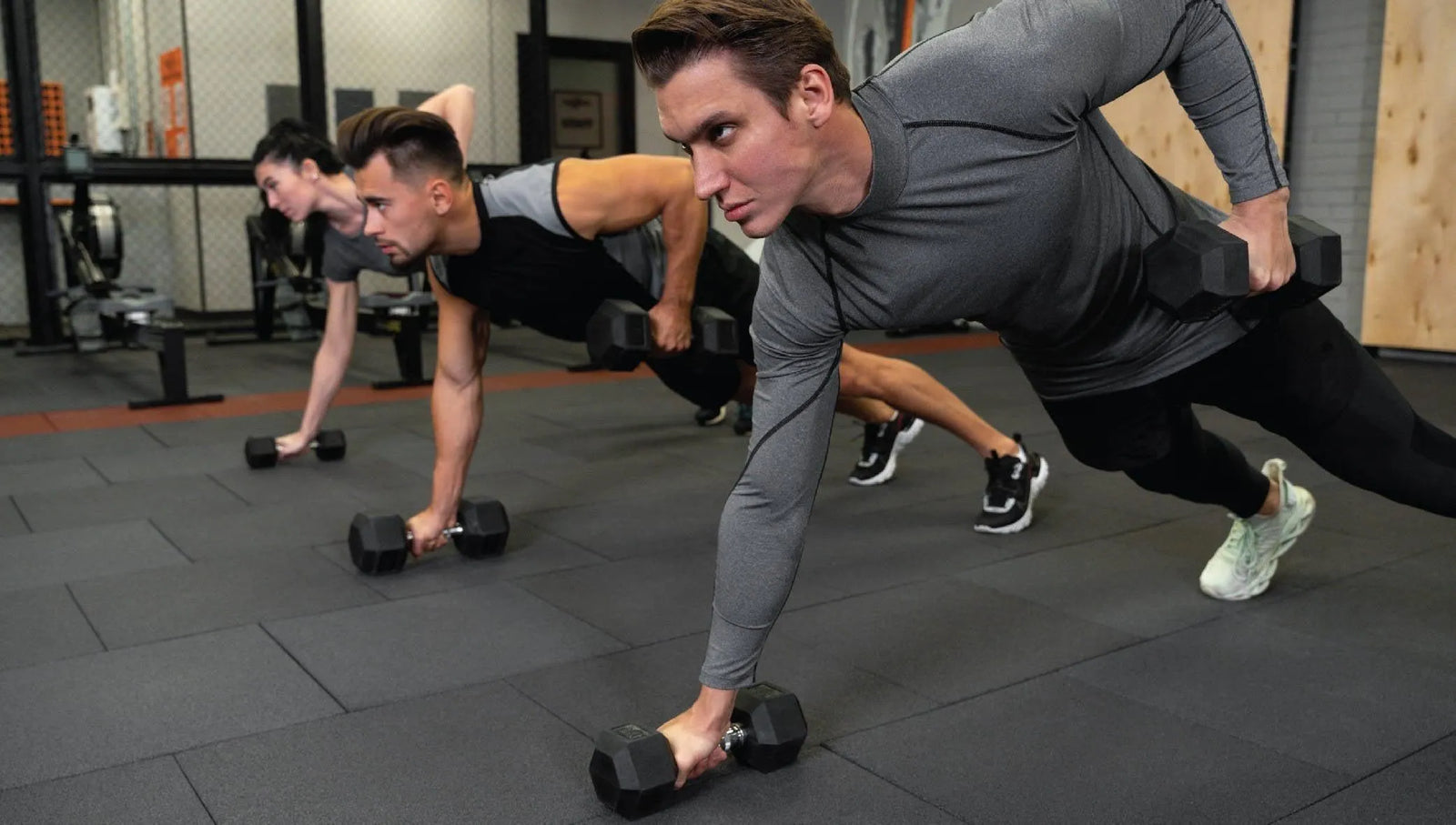
Boosting Your Health: Understanding Aerobic and Anaerobic Metabolism
July 22, 2024 4 min read
Learn about the key differences between aerobic and anaerobic metabolism, and how to optimize your workouts for better health and fitness. Discover the benefits and performance-boosting potential of combining these two metabolic powerhouses.
Read More
Smash Through the Wall: How to Increase Your Lactate Threshold for Running Glory
July 08, 2024 4 min read
Learn science-backed strategies to boost your lactate threshold, enhance running performance, and achieve your fitness goals. Discover expert tips and techniques here.
Read More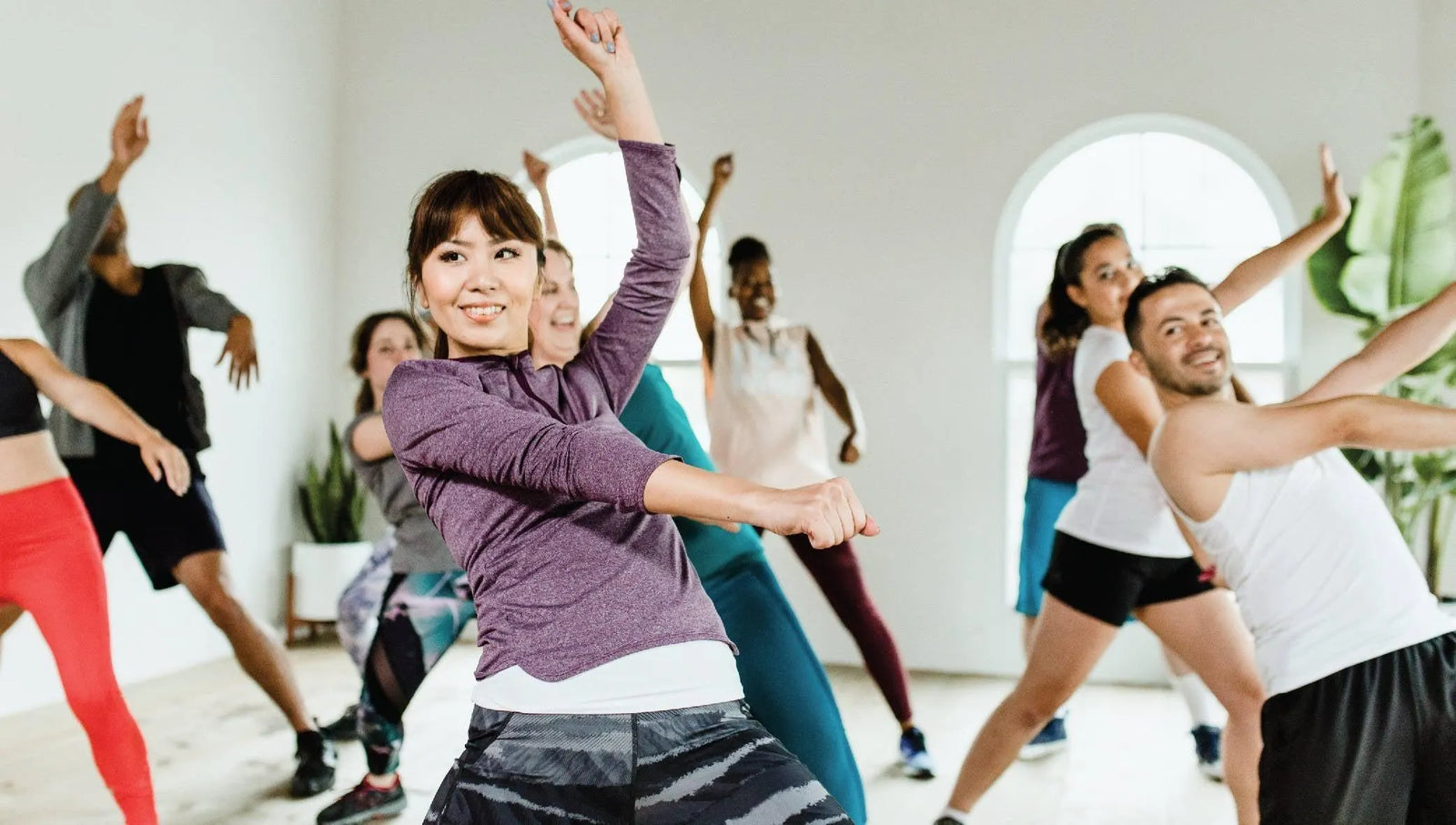
The Ultimate Guide to Cross-Training
July 01, 2024 5 min read
Learn about cross-training, crafting a plan, tailoring for different fitness goals, and activities beyond the gym. Discover the ultimate fitness guide at VPA.
Read More Recent Articles
- Boosting Your Health: Understanding Aerobic and Anaerobic Metabolism
- Smash Through the Wall: How to Increase Your Lactate Threshold for Running Glory
- The Ultimate Guide to Cross-Training
- Embrace the Cold: How to Stay Active and Healthy Throughout Winter Down Under
- What is Hyrox?
- Mastering the Pull-Up
- Building a Champion: Why Cardio and Strength Training are Your Fitness Dream Team
- Beyond the Six-Pack: Building a Strong Core for Everyday Life
- Routine and Discipline – The Backbone of Fitness
- Calisthenics for Beginners
${{amount}}
